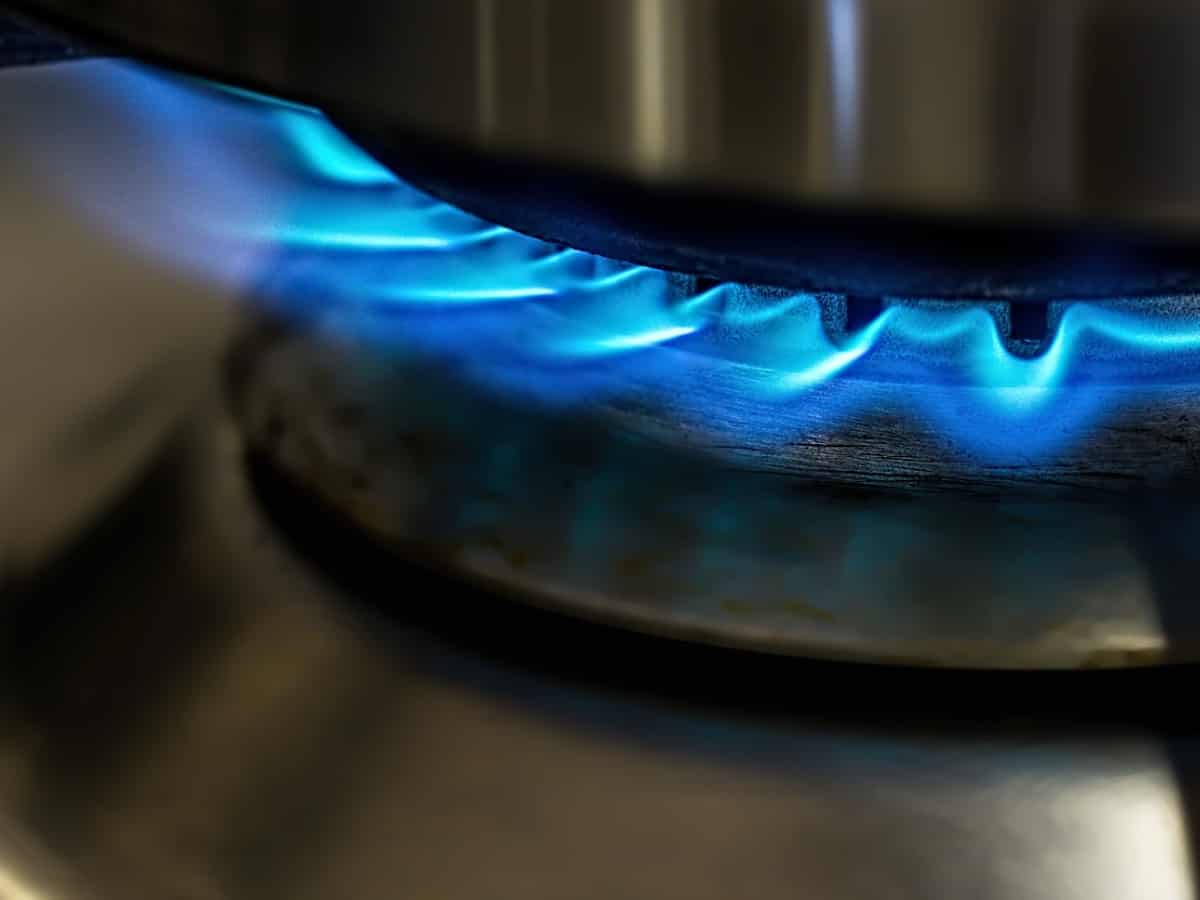
New Delhi: Indoor levels of the highly flammable, carcinogenic benzene rise above those in secondhand tobacco smoke upon lighting a gas stove, common in residential living, a new Stanford-led analysis has found.
Benzene also drifts throughout a home and lingers for hours in home air, scientists involved said in the study published in the journal Environmental Science & Technology.
“Benzene forms in flames and other high-temperature environments, such as the flares found in oil fields and refineries. We now know that benzene also forms in the flames of gas stoves in our homes,” said study senior author Rob Jackson, professor of Earth system science at the Stanford Doerr School of Sustainability, US.
“Good ventilation helps reduce pollutant concentrations, but we found that exhaust fans were often ineffective at eliminating benzene exposure,” said Jackson.
The researchers found that indoor concentrations of benzene formed in the flames of gas stoves can be worse than average concentrations from secondhand smoke, that benzene can migrate into other rooms far from the kitchen, and that concentrations measured in bedrooms can exceed national and international health benchmarks.
They also found residential range hoods are not always effective at reducing concentrations of benzene and other pollutants, even when the hoods vent outdoors.
The researchers found gas and propane burners and ovens emitted 10 to 50 times more benzene than electric stoves, whereas induction cooktops emitted no detectable benzene whatsoever.
Further, the rates of benzene emitted during combustion were found to be hundreds of times higher than benzene emission rates identified in other recent studies from unburned gas leaking into homes.
The study said that it was the first to analyse benzene emissions when a stove or oven was in use, as opposed to previous studies, which focused on leaks from stoves when they were off and did not directly measure resulting benzene concentrations.
The researchers also tested whether foods being cooked emitted benzene and found zero benzene emissions from pan-frying salmon or bacon.
All benzene emissions the investigators measured came from the fuel used rather than any food cooked.
